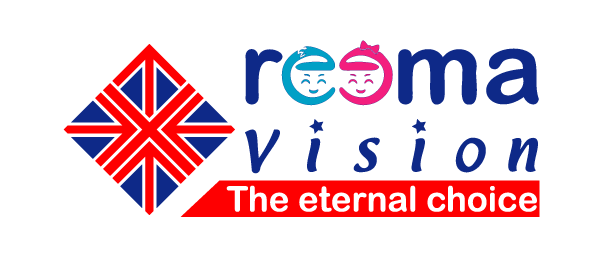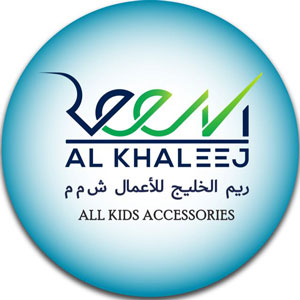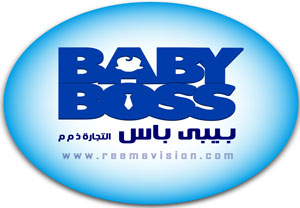When choosing child’s clothes, there are several key features to consider:
1. Comfort:
– Children’s clothes should be soft, flexible, and allow for easy movement.
– Look for fabrics that are breathable, such as cotton, and avoid anything too stiff or restrictive.
– Ensure the fit is not too tight or too loose, as this can impact comfort and mobility.
2. Durability:
– Children’s clothes should be able to withstand frequent wear, washing, and the active nature of kids.
– Choose fabrics and construction that are sturdy and can handle regular use without easily tearing or becoming worn out.
– Reinforced seams, double-stitching, and high-quality materials can contribute to the durability of children’s clothing.
3. Easy dressing and undressing:
– Features like elastic waistbands, snap closures, and large armholes can make it easier for children to get dressed and undressed independently.
– Avoid complicated fasteners or tiny buttons that may be challenging for small hands.
4. Safety:
– Ensure there are no loose threads, small parts, or decorative elements that could pose a choking hazard.
– Avoid drawstrings or cords around the neck area that could become a strangulation risk.
– Check that any accessories, like buttons or zippers, are securely attached.
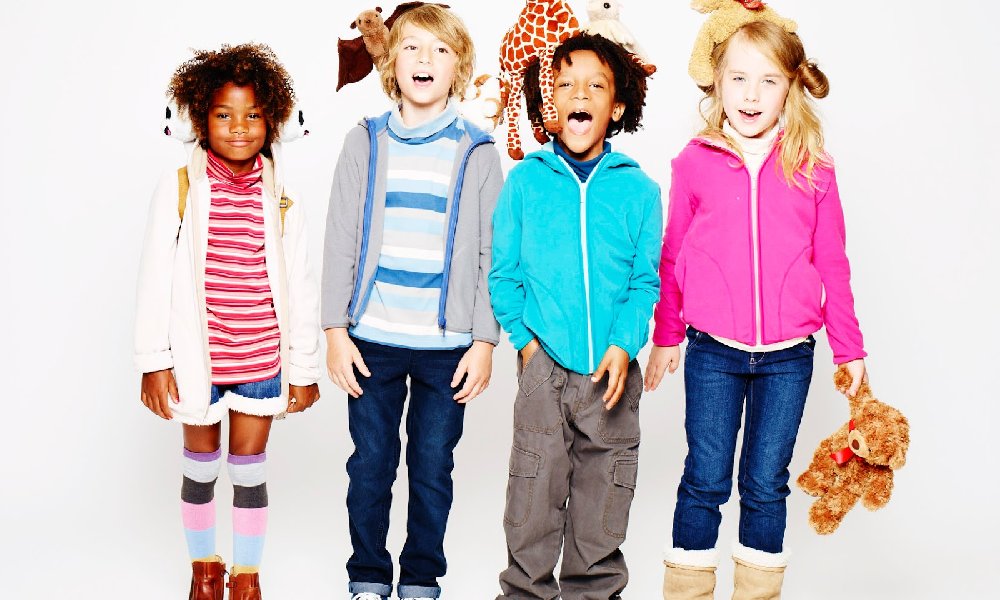
5. Functionality:
– Consider features that make the clothes practical for children’s activities, such as reinforced knees for crawling, adjustable waistbands for growth, and easy-to-clean fabrics.
– Incorporate elements like pockets, reinforced knees/elbows, and stain-resistant finishes to enhance the functionality of children’s clothing.
6. Versatility:
– Opt for clothes that can be mixed and matched, allowing for multiple outfit combinations.
– Choose basic, neutral pieces that can be easily layered or accessorized to extend the wardrobe.
7. Aesthetics:
– While function is paramount, consider the overall aesthetic and design of the clothing.
– Incorporate colors, patterns, and designs that appeal to the child’s preferences and interests.
By focusing on these key features, you can ensure that the clothes you choose for your child are comfortable, durable, safe, and suitable for their active lifestyle, while also considering their personal style preferences.
What are some popular clothing brands that focus on durable and functional children’s wear?
Here are some popular clothing brands that focus on durable and functional children’s wear:
1. Patagonia:
– Known for their high-quality, sustainable outdoor gear, Patagonia also offers a children’s line with a focus on durable, long-lasting apparel.
– Their children’s clothing features reinforced knees and elbows, adjustable waistbands, and fabrics designed to withstand active play.
2. The Children’s Place:
– A widely available retail chain that offers a wide range of affordable, functional children’s clothing.
– Their pieces often feature adjustable waistbands, reinforced seams, and easy-to-use closures for young children.
3. Hanna Andersson:
– A premium children’s clothing brand known for their high-quality, organic cotton garments.
– Their clothing is designed to be durable, with features like double-stitching and reinforced knees and elbows.
4. Lands’ End:
– A classic American retailer that offers a comprehensive children’s line with a focus on durable, practical apparel.
– Their clothing often features stain-resistant fabrics, adjustable waistbands, and reinforced areas for active play.
5. Primary:
– A direct-to-consumer brand that specializes in high-quality, basic children’s clothing in a variety of colors.
– Their pieces are designed to be durable, comfortable, and easy to mix and match.
6. Carters:
– A well-known children’s clothing brand that offers a wide range of affordable, functional garments.
– Their clothing often features stretchy, comfortable fabrics and easy-to-use closures.
7. Boden:
– A British clothing brand that brings a touch of whimsy and style to their durable, practical children’s wear.
– Their pieces often feature unique prints and designs while maintaining a focus on comfort and functionality.
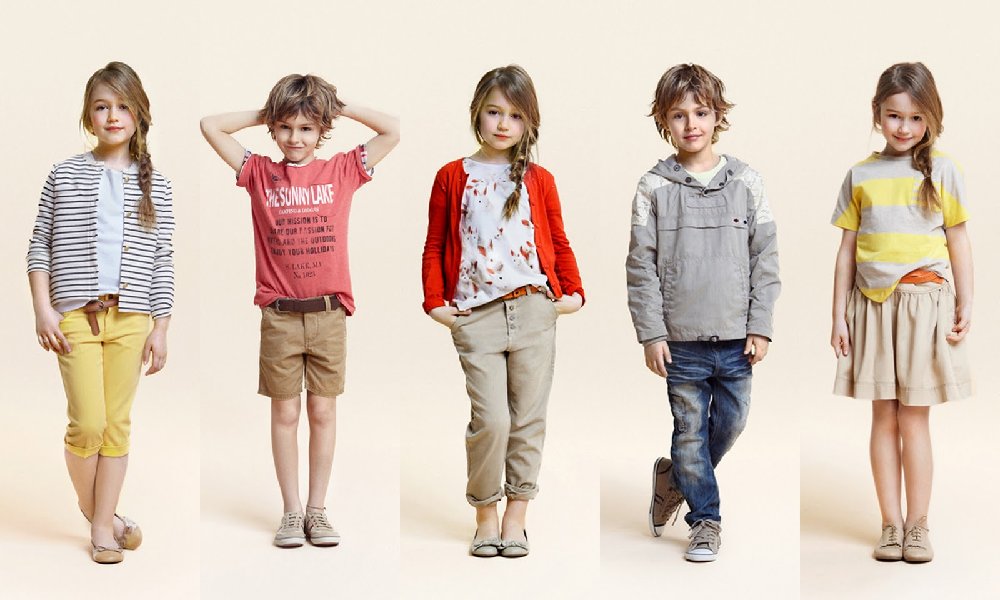
These are just a few examples of popular clothing brands that prioritize durability, functionality, and quality in their children’s wear offerings. When shopping for your child, consider these and other brands that align with your values and your child’s needs.
How do the durability and functionality of these children’s clothing brands compare to each other?
When comparing the durability and functionality of the children’s clothing brands mentioned, there are some key differences to consider:
1. Patagonia:
– Known for their exceptionally durable, high-quality outdoor gear for adults, Patagonia’s children’s line is also designed to withstand rugged use.
– Their clothing features reinforced areas, robust fabrics, and thoughtful design elements to support an active lifestyle.
– Patagonia’s focus on sustainability and longevity often results in a premium price point, but the durability of their garments is typically superior.
2. The Children’s Place:
– As a more affordable, mass-market brand, The Children’s Place offers a good balance of durability and functionality at a lower price point.
– Their clothing often includes reinforced seams, adjustable waistbands, and easy-to-use closures, making it a practical choice for growing children.
– While not as premium in quality as some other brands, The Children’s Place provides solid durability and functionality for the price.
3. Hanna Andersson:
– Hanna Andersson is known for their high-quality, organic cotton clothing that is built to last.
– Their garments feature double-stitching, reinforced areas, and durable fabrics that can withstand frequent wear and washing.
– The brand’s focus on sustainability and attention to detail in construction contributes to their durability, though their prices are typically higher than some competitors.
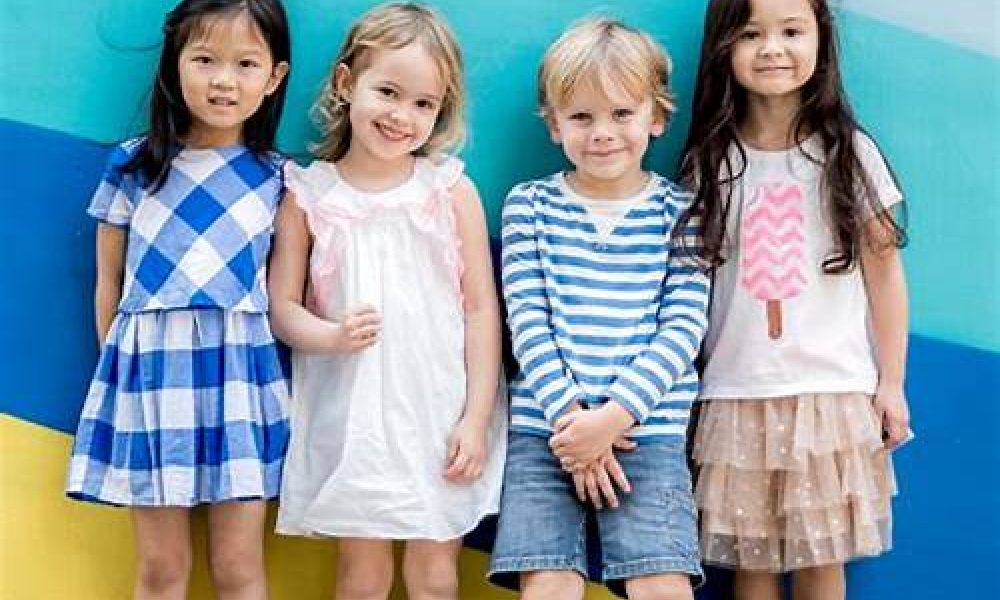
4. Lands’ End:
– Lands’ End has a strong reputation for durable, practical children’s clothing with a focus on functionality.
– Their pieces often include features like stain-resistant fabrics, adjustable waistbands, and reinforced areas to support active play.
– While not as premium in quality as some boutique brands, Lands’ End offers reliable durability and functionality at a mid-range price point.
5. Primary:
– As a direct-to-consumer brand, Primary emphasizes high-quality, durable fabrics and construction in their children’s clothing.
– Their basic, versatile pieces are designed to be long-lasting and withstand frequent wear and washing.
– Primary’s focus on functionality and simplicity results in a more affordable price point compared to some premium brands.
Overall, when considering durability and functionality, Patagonia and Hanna Andersson tend to offer the most premium quality and robust construction, while The Children’s Place, Lands’ End, and Primary provide a balance of durability and value. The choice will depend on your budget, sustainability concerns, and the specific needs of your child’s lifestyle and activities.
How do the sustainability practices of these brands compare when it comes to their children’s clothing?
When comparing the sustainability practices of the children’s clothing brands mentioned, there are some notable differences:
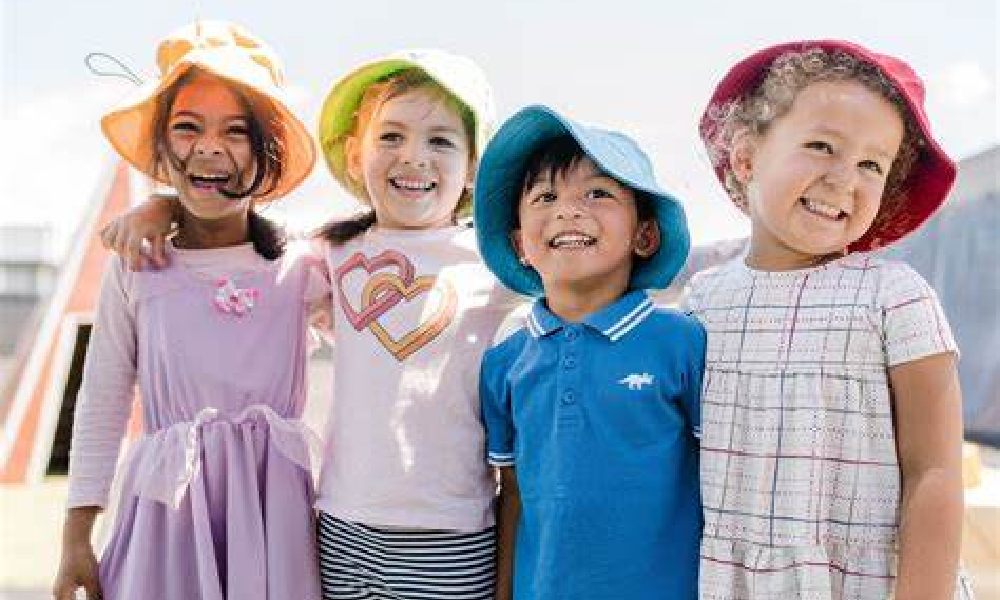
1. Patagonia:
– Patagonia is widely recognized as a leader in sustainable and ethical clothing production.
– Their children’s line uses organic cotton, recycled polyester, and other environmentally-friendly materials.
– Patagonia also has strong commitments to reducing waste, using renewable energy, and supporting fair labor practices in their supply chain.
2. Hanna Andersson:
– Hanna Andersson prioritizes the use of organic, GOTS-certified cotton in their children’s clothing.
– They also focus on producing garments with longevity in mind, supporting the brand’s sustainability efforts.
– Hanna Andersson has taken steps to reduce their environmental impact, including initiatives like using recycled polyester and responsibly sourcing materials.
3. Lands’ End:
– Lands’ End has made some strides in improving the sustainability of their children’s clothing, including the use of organic cotton and recycled polyester.
– However, their overall sustainability commitments and transparency around their supply chain are less prominent compared to some other brands on this list.
4. The Children’s Place:
– As a more mainstream, mass-market brand, The Children’s Place has room for improvement in its sustainability practices.
– While they do offer some clothing made with organic cotton, their overall sustainability efforts are less extensive and clearly communicated compared to more eco-focused brands.
5. Primary:
– Primary is committed to sustainable and ethical production, using organic cotton and OEKO-TEX certified materials in their children’s clothing.
– The brand also focuses on minimizing waste and has initiatives to recycle and upcycle their garments.
– Primary’s direct-to-consumer model and commitment to transparency around their supply chain and production processes contribute to their sustainability efforts.
In summary, Patagonia and Hanna Andersson stand out as the most sustainability-focused brands on this list, with robust commitments to using eco-friendly materials, reducing environmental impact, and supporting ethical labor practices. Lands’ End and The Children’s Place have made some progress, but have more room for improvement in their sustainability initiatives. Primary’s direct-to-consumer model and focus on sustainable materials and practices position it as a relatively eco-conscious choice within the children’s clothing market.

